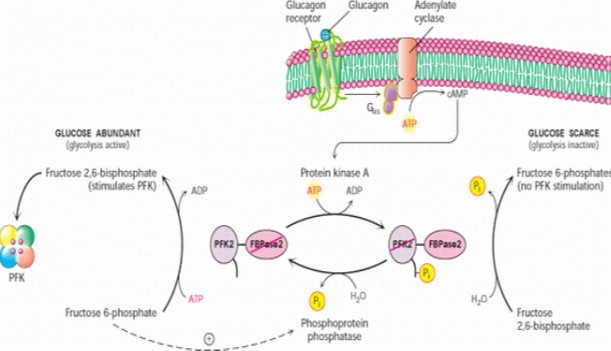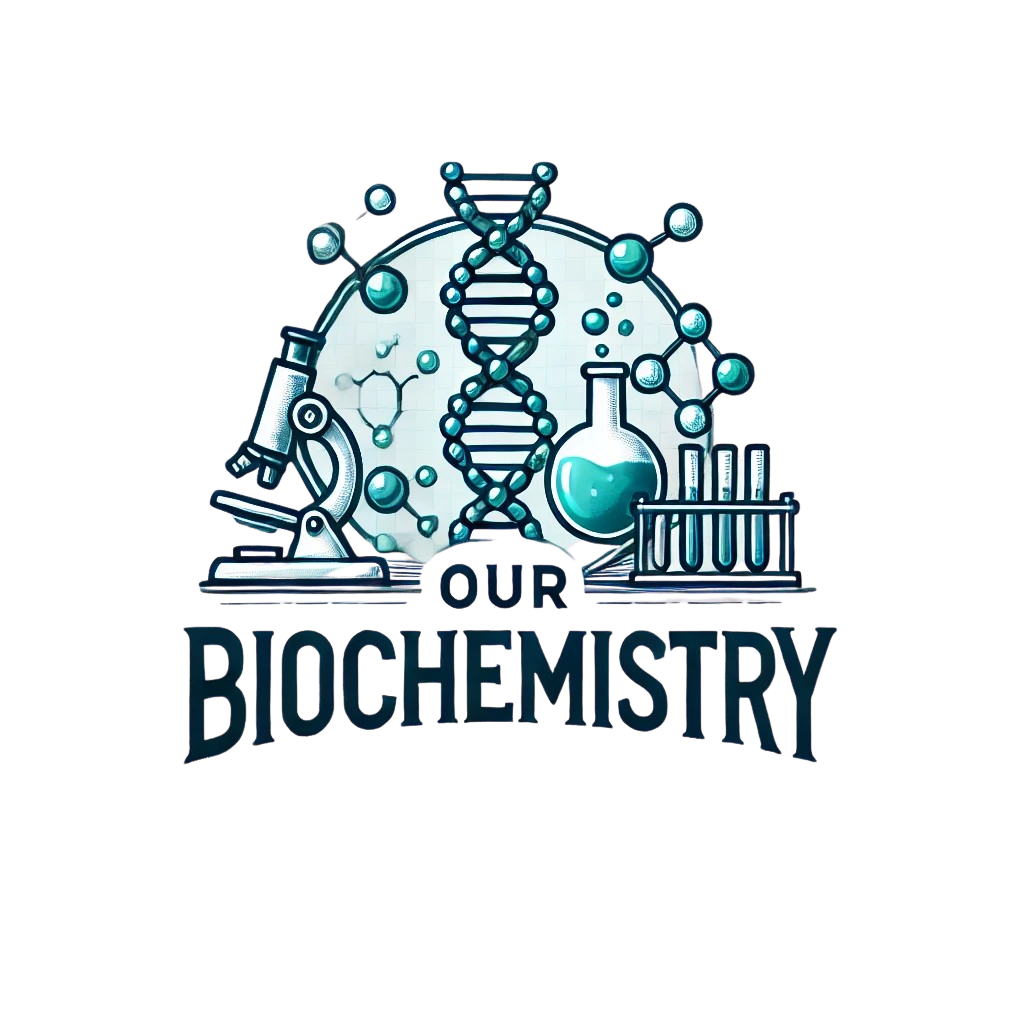Library
Our Biochemistry > Library > USMLE Content > Energy metabolism > Quick revisions > Navigating the Fed and Fasting States: Key Pathways, Enzymes, and Memorable Mnemonics
Navigating the Fed and Fasting States: Key Pathways, Enzymes, and Memorable Mnemonics
- November 8, 2024
- Posted by: Namrata Chhabra
- Category: Energy metabolism Learning resources Quick Revision Series Quick revisions USMLE Content
No Comments

This table includes a note about the enzyme activity in each state:
| State | Hormone | Pathway | Enzymes Active | Mnemonic |
| Fed State | Insulin | Glycolysis | Hexokinase, PFK-1, Pyruvate Kinase | “Hungry Pandas Party” (HPP) |
| Glycogenesis | Glycogen Synthase | “Glyco Savings” | ||
| Fatty Acid Synthesis | Acetyl-CoA Carboxylase, Fatty Acid Synthase | “ACCelerate the Fats” | ||
| Protein Synthesis | Ribosomal enzymes | “Ribs Build” | ||
| Lipogenesis | Lipoprotein Lipase | “Lipo Feasts” | ||
| Pentose Phosphate Pathway | Glucose-6-Phosphate Dehydrogenase | “6-Powered Path” | ||
| Insulin Release | Pancreatic beta cells | “Beta Buzz” | ||
| Fasting State | Glucagon, Epinephrine | Gluconeogenesis | Pyruvate Carboxylase, PEP Carboxykinase, Fructose-1,6-bisphosphatase, Glucose-6-Phosphatase | “Please Provide Fresh Glucose” (PPFG) |
| Glycogenolysis | Glycogen Phosphorylase | “Glyco Breaks” | ||
| Beta-Oxidation | Carnitine Palmitoyltransferase I (CPT-I) | “Carnitine Powers Trim” | ||
| Ketogenesis | HMG-CoA Synthase, HMG-CoA Lyase | “Hunger Makes Ketones” | ||
| Lipolysis | Hormone-sensitive Lipase | “Hormones Split Lipids” | ||
| Protein Breakdown | Various proteases | “Protein Pared” | ||
| Glucagon Release | Pancreatic alpha cells | “Alpha Alarm” |
Note:
- Fed State (Insulin): The enzymes active in the fed state, such as those involved in glycolysis, glycogenesis, and fatty acid synthesis, are inactive during the fasting state.
- Fasting State (Glucagon, Epinephrine): The enzymes active in the fasting state, such as those involved in gluconeogenesis, glycogenolysis, and ketogenesis, are inactive during the fed state.
Mnemonic Explanation:
- Fed State (Insulin):
- “Hungry Pandas Party” (HPP): Glycolysis enzymes (Hexokinase, PFK-1, Pyruvate Kinase).
- “Glyco Savings”: Glycogen Synthase for glycogenesis.
- “ACCelerate the Fats”: Acetyl-CoA Carboxylase, Fatty Acid Synthase for fatty acid synthesis.
- “Ribs Build”: Ribosomal enzymes for protein synthesis.
- “Lipo Feasts”: Lipoprotein Lipase in lipogenesis.
- “6-Powered Path”: Glucose-6-Phosphate Dehydrogenase in the pentose phosphate pathway.
- “Beta Buzz”: Insulin release from beta cells.
- Fasting State (Glucagon, Epinephrine):
- “Please Provide Fresh Glucose” (PPFG): Enzymes for gluconeogenesis (Pyruvate Carboxylase, PEP Carboxykinase, etc.).
- “Glyco Breaks”: Glycogen Phosphorylase for glycogenolysis.
- “Carnitine Powers Trim”: CPT-I for beta-oxidation.
- “Hunger Makes Ketones”: HMG-CoA Synthase, HMG-CoA Lyase for ketogenesis.
- “Hormones Split Lipids”: Hormone-sensitive Lipase for lipolysis.
- “Protein Pared”: Proteases for protein breakdown.
- “Alpha Alarm”: Glucagon release from alpha cells.
Scenarios to Illustrate Each State:
- Fed State Scenario: Imagine you just finished a hearty meal rich in carbohydrates, proteins, and fats. Your body responds by releasing insulin, activating pathways such as glycolysis, glycogenesis, and lipogenesis to store energy. Enzymes like Hexokinase and Glycogen Synthase are hard at work processing and storing the influx of nutrients. This is where your body says, “Let’s stock up for later!”
- Fasting State Scenario: It’s been several hours since your last meal, and your blood sugar levels are dropping. Your body releases glucagon and epinephrine to mobilize stored energy. Pathways like gluconeogenesis, glycogenolysis, and lipolysis become active, driven by enzymes such as Glycogen Phosphorylase and Hormone-sensitive Lipase. Your body signals, “Time to tap into the reserves!”
Author:Namrata Chhabra
With over 38 years of experience as a Medical Educator, Medical Biochemist, and Researcher, Dr. Namrata Chhabra has a proven track record of leading and contributing to clinical, academic, and research initiatives that advance medical science and education. She holds an M.B.B.S., an M.D. and Ph.D. in Medical Biochemistry, and a Master's in Health Professions Education (MHPE). She is also a FAIMER Fellow, a prestigious recognition of her excellence in medical education and research.
Currently, she serves as the Associate Dean of Admissions, Chair of the Admissions Committee, and a Professor of Biochemistry at the American University of Antigua College of Medicine (AUACOM). In this role, she oversees the academic quality, curriculum development, faculty development, accreditation processes of the college, and student recruitment. She also teaches and mentors medical students, conducts and supervises biomedical and educational research projects, and publishes and presents her findings in national and international journals and conferences. Additionally, she is the author of three comprehensive textbooks on Medical Biochemistry, which are widely used by medical students and professionals. She is passionate about improving the health outcomes of communities and individuals by fostering a culture of innovation, collaboration, and excellence in medical education and research.
